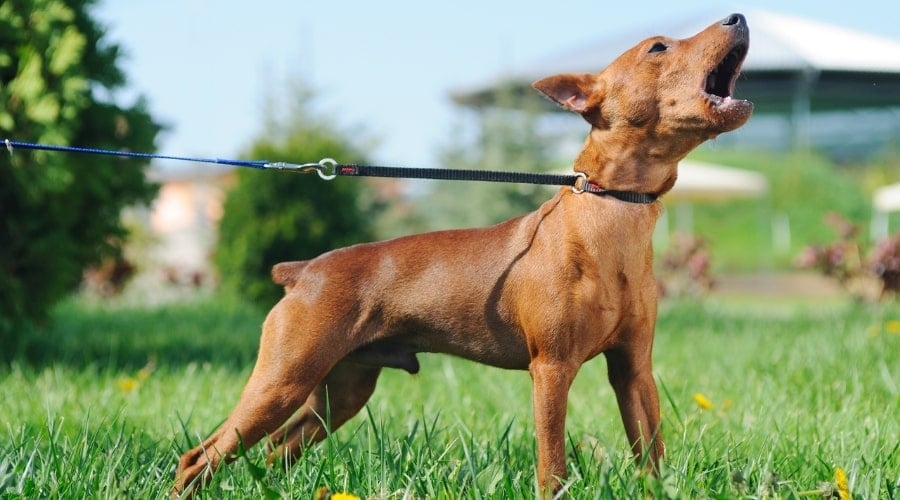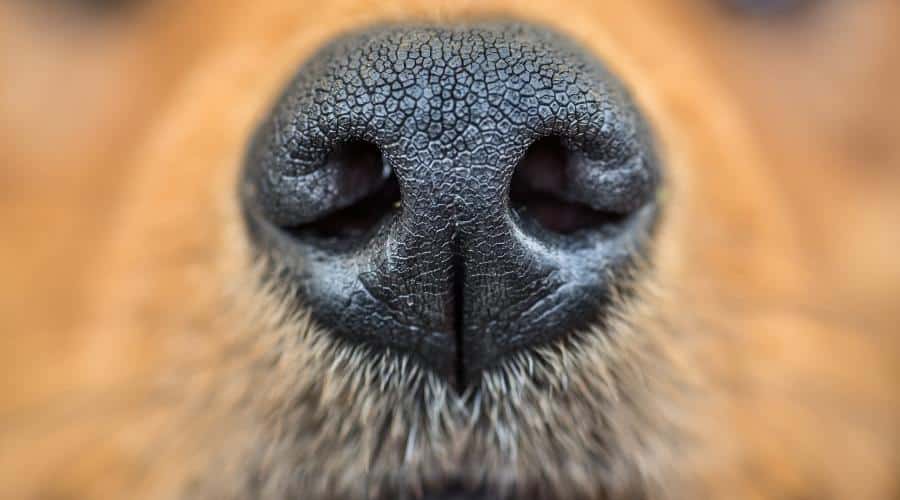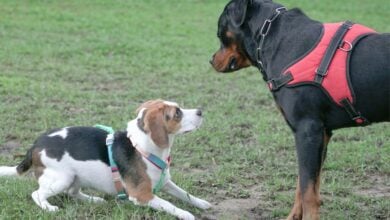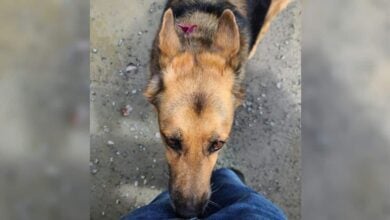Do Dogs Know When You’re Sad? Signs, Science & Sweet Stories
When you purchase through links on our site, we may earn a commission. Here’s how it works.
Ever notice your dog creeping closer when you’re feeling low? One minute you’re hiding tears, the next you’ve got a wet nose shoved under your hand.
Table of Contents
Coincidence, or do dogs actually know when you’re sad? Scientists, pet parents, and plenty of wet-eyed Labradors have weighed in, but the truth is far more fascinating (and a little surprising) than a simple yes or no.
The Mysterious Sixth Sense Of Dogs
Every dog owner has wondered it at least one. You are sitting in silence, holding back tears, when suddenly a warm body presses against you. Your pup looks at you as if they know exactly what is going on.

Is it instinct, or something more? Dogs have developed an uncanny ability to sense their owners’ moods, routines, and behaviors. For centuries, people have believed that their four-legged companions can feel when they are upset.
Scientists and trainers refer to this perception as part of a dog’s intuitive nature. Owners call it unconditional love. The truth is that what seems like a sixth sense may actually be a combination of observation, biology, and emotional bonding.
Quick Takeaway: Dogs may not literally read your mind, but they notice slight shifts in behavior, scent, and tone that reveal when something is wrong.
Clues Your Pup Notices Before You Even Speak
Dogs spend a considerable amount of time studying their owners. They do not just notice when you grab the leash or open the food bag. They also see small, subtle changes in how you act and sound.
Here are some of the biggest clues dogs pay attention to when something feels off:
- Tone of voice: Dogs recognize shifts in pitch, speed, and volume.
- Facial expressions: Raised eyebrows, frowns, and tears can all be signals.
- Body language: Slumped shoulders, slower movements, or pacing stand out.
- Smells: Some studies suggest dogs detect changes in human scent caused by stress, illness, or sadness.
- Breathing and heartbeat: Heavy sighs or rapid breathing are noticeable to them.
Dogs process these signals quickly. To them, any unusual behavior often means that something is wrong. When a routine shifts, dogs adapt by paying closer attention to their owner’s state.

Because they rely less on language, canines rely heavily on nonverbal cues. They combine what they see, hear, and smell to figure out how their human is feeling. That is why your dog may stare at you closely when something feels different.
Quick Takeaway: Your dog watches your every move. From tone of voice to changes in scent, they pick up on the most minor details that signal something is off.
Science Tries To Crack The Code
Researchers have spent years trying to understand precisely how dogs read human emotion. A 2016 study at the University of Lincoln in the United Kingdom found that dogs can recognize emotions through both images and sounds. They may not know the exact word for sadness, but they can link a distressed face with a distressed voice.
Another study tested how dogs respond to human scent. Researchers collected sweat samples from people experiencing fear and happiness. When dogs were exposed to the “fear sweat,” they showed more signs of stress themselves. This experiment suggests that canines may physically react to human emotional states.
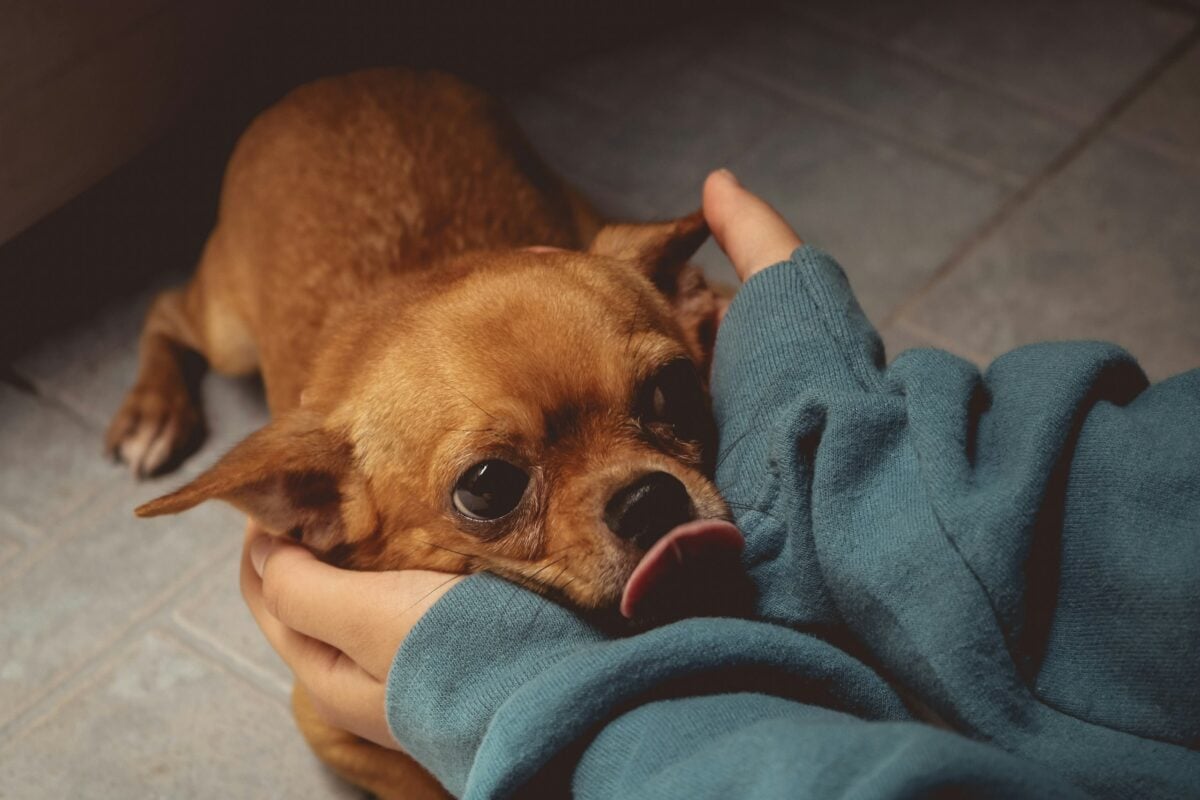
A separate study, published in Science, used MRI scans to examine canine brain activity. Dogs were played recordings of voices in different tones.
The scans revealed that they processed not only what was said, but also how it was said. This means your dog hears the difference between a cheerful “come here” and a tearful one.
These findings build the case that dogs are not just guessing. They are actively processing information and linking it to emotional states. That is why many dogs rush to comfort their owners during challenging moments.
Quick Takeaway: Science shows dogs recognize human emotions through sight, sound, and even smell. They connect clues together to understand when you are upset.
Weird Facts About Dogs & Emotions
Dogs are not just observant. They also surprise researchers with some unusual behaviors linked to human emotions. These quirky facts reveal the profound bond between humans and canines.
- Dogs yawn when you yawn. Studies show that dogs are more likely to yawn when the see or hear their owner yawn.
- Head tilts mean focus. Dogs tilt their heads more when listening to emotional or unusual tones, as if trying to decode what you are feeling.
- Therapy dogs lower blood pressure. Research shows measurable drops in blood pressure in people spending just 20 minutes with therapy dogs.
- Cuddles release oxytocin. Both dogs and owners experience spikes in “the love hormone” after snuggling, the same way parents bond with infants.
- Dogs reduce anxiety in ER settings. A 2019 study published in PLOS ONE found that a 15-minute visit with a certified therapy dog significantly reduced anxiety among adult emergency-department patients.
These unusual yet heartwarming findings underscore why dogs are so effective as companions and emotional support animals.
Do Dogs Really Have Feelings, Or Are They Copying Us?
Many experts compare a dog’s emotional intelligence to that of a toddler. They can feel and express basic emotions but lack the complexity of adult human feelings.
Dogs can experience:
- Happiness
- Sadness
- Fear
- Grief
- Jealousy
- Stress
- Anxiety
- Excitement
What they do not feel are emotions such as pride, shame, or contempt. When owners think a dog looks guilty, that expression is usually a reaction to being scolded, not an internal sense of shame.
Science supports the idea that dogs feel emotions. Brain scans reveal responses in similar areas to those of humans.

Canines also have the same chemicals involved in emotion, including cortisol, oxytocin, and dopamine. While their feelings may be simpler, they are still very real.
Quick Takeaway: Dogs experience genuine emotions, such as joy, grief, or jealousy, but not complex emotions like pride or shame. Think of the feelings of a two-year-old child.
When Your Sadness Becomes Theirs
Dogs often mirror their owners’ emotions. This is called emotional contagion. If you are stressed, your pup may show signs of stress. If you are relaxed, they are more likely to calm down.
This mirroring can be both conscious and instinctual. Dogs may deliberately sit next to you or put a paw on your leg, but they also pick up stress hormones and vocal tones without thinking. Both play a role in how they respond.
The bond between dogs and humans deepens this effect. As domestication increased, dogs became experts at interpreting human cues. This bond explains why so many service animals and therapy dogs can provide comfort during times of grief or distress.
Quick Takeaway: Your dog often feels what you feel. Stress and sadness can be transferred from one person to another, sometimes without either of them realizing it.
How To Tell If Your Dog Knows You Are Sad
Wondering if your dog really notices your mood? Look for these common signs that pups are picking up on your emotions.
- Sticking closer than usual when you are quiet or withdrawn
- Staring or tilting their head when your voice changes
- Pawing at you, nudging with a nose, or leaning against you
- Losing interest in toys or play when you are upset
- Resting beside you or bringing you a toy during sad moments
Not every dog will do all of these things, and some may comfort you in their own unique ways. Paying attention to your dog’s behavior helps reveal just how tuned in they really are.
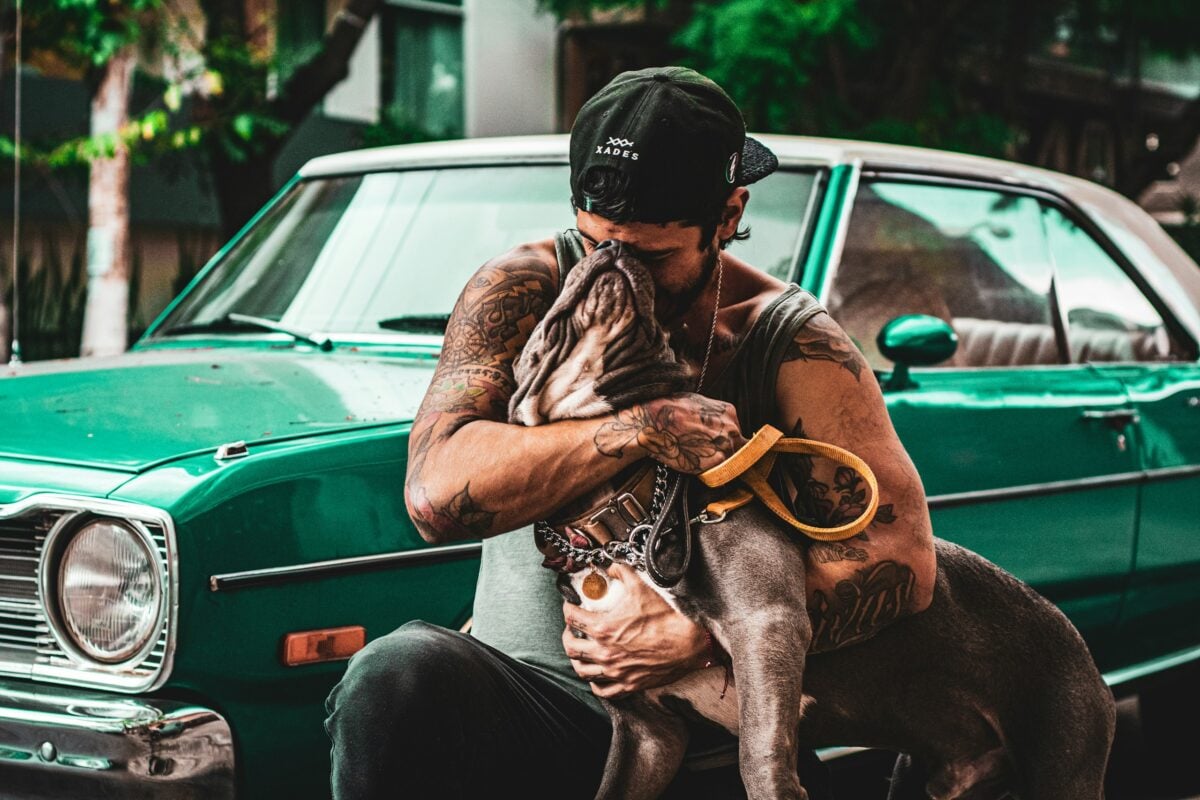
Quick Takeaway: If your dog changes their routine when your mood shifts, it is likely their way of showing awareness and support.
Do They Comfort You On Purpose?
When an owner cries, many dogs react quickly. Some may climb into a lap, while others press their body against their human.
Not all dogs react this way, however. Some become nervous and move away.
Whether or not a dog comforts you often depends on the relationship you share. A family pet that spends every day with you is more likely to respond with comfort. A dog that does not know you may not have the same reaction.
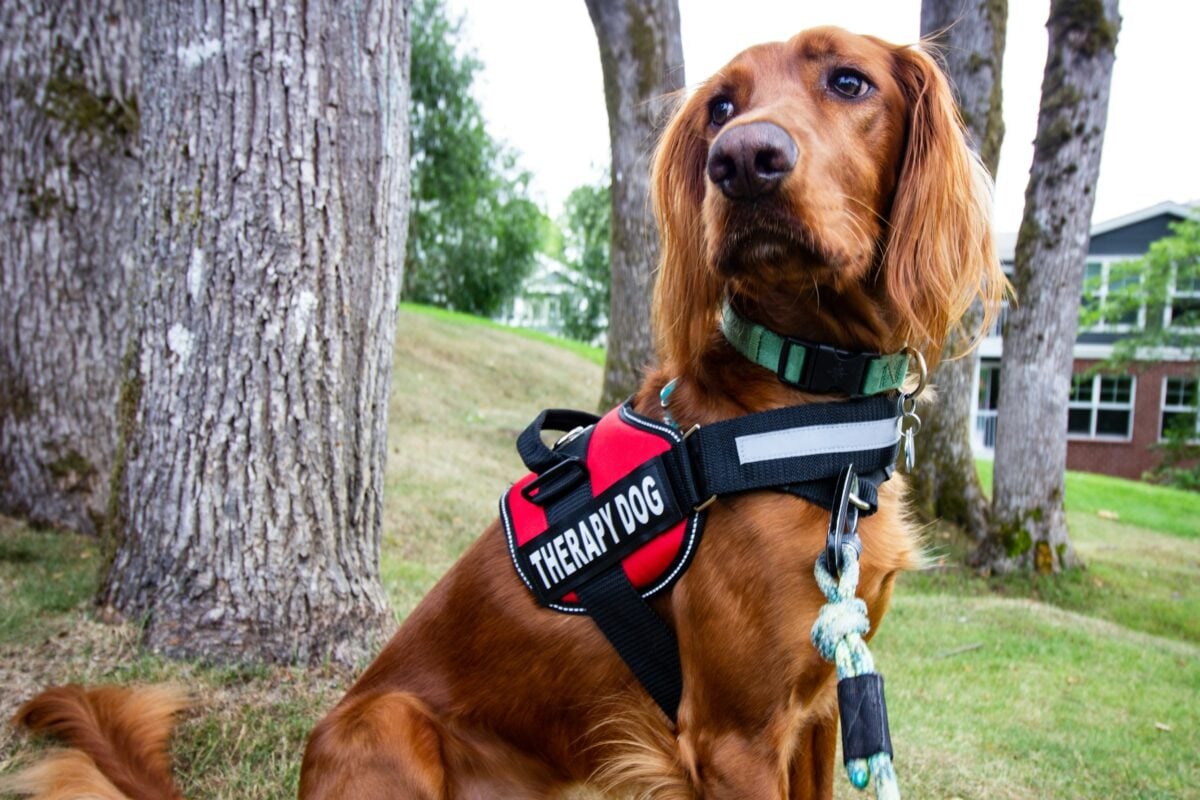
Dogs trained as service or emotional support animals may respond more consistently. Training teaches them to recognize specific cues and respond with learned comforting behaviors. This makes them reliable partners for people who rely on emotional support.
Quick Takeaway: Not all dogs react the same way. Some comfort their owners instinctively, while others may retreat. Training and closeness play a significant role.
Personal Experience With Dogs Sensing Sadness
During my educational career, I had the honor of working with children with special needs. We were involved with a program that allowed them to spend time reading with fluffy pups for emotional support.
The animals and kids formed bonds, and it was heartwarming to see. We often let the children see the pups when they were upset, as the interaction always had such positive results.
When children were sad, the pups would place themselves near them or rest against them, offering gentle support and a sense of calm. Reading to the animals then helped emotions calm down and reset to a more productive place.

In my personal life, I have had a dog offer comfort during times of sadness. One time was when I experienced the sudden loss of a very important family member two years ago.
I was very distraught, and when I was in moments of immense sorrow, my dog Daisy came to sit with me and cuddle with me quietly. Daisy could sense the change in me and spent most of her time very close to me.
It was not a short time of grief, and she offered support in a way I needed, simply being there, snuggling in, and giving me a quick lick or two on the face. While she could sense I was upset, Daisy could not understand the source of my grief.
At the moment, just having that support, unbridled, unconditional, and without having to ask for it, was a true comfort. One I am not sure a human could have provided.
Myth vs Fact: Dogs & Human Emotions
There are plenty of myths about dogs and feelings. Here are a few common ones, along with the truth behind them.
- Myth: Dogs feel guilty when they chew your shoes.
- Fact: The “guilty look” is actually a fear response after being scolded, not an internal sense of shame.
- Myth: Dogs cry tears when they are sad.
- Fact: Their tears are related to eye health, not emotion. Whimpers and moans are the actual signs of distress.
- Myth: Only certain breeds sense emotions.
- Fact: All dogs are capable of noticing emotional changes, though individuals may show it in different ways.
- Myth: Dogs comfort owners because they know what sadness is.
- Fact: They may not label emotions like humans, but they recognize changes in behavior, tone, and scent.
Quick Takeaway: Dogs are emotional, but not in the same way as humans. Many “guilty” or “sad” looks have more straightforward explanations than we think.
Frequently Asked Questions
Dogs and emotions spark a great deal of curiosity. Owners often wonder if their pups truly understand feelings, or if we are projecting human qualities onto them.
Below are some of the most common questions about dogs, sadness, and how they respond to our emotions. Don’t see your question? Please ask us in the comments.
Do Dogs Feel Sadness?
Yes, but not with the same intensity or complexity as humans. Sad dogs may:
- Lose interest in food
- Show less energy
- Become clingy
- Act withdrawn or uninterested in play
Their sadness often ties to immediate events, such as the loss of a person or pet.
Can Dogs Cry?
Dogs produce tears, but not due to emotion. Their tears are typically associated with eye health rather than emotions.
However, they may whimper, moan, or hide their faces. Some research suggests that dogs may produce more tears when experiencing happy emotions, but this is still under investigation.
What Should I Do If My Dog Seems Sad?
- Offer more attention and playtime
- Introduce new toys or activities
- Provide cozy rest spots and healthy food
- Keep routines consistent
- Take your dog on new adventures to stimulate interest
Learn more about how to show your dog you love them. If sadness persists or your dog refuses to eat and remains lethargic, consult a veterinarian to rule out any underlying medical issues.
Do Dogs Know When We Are Happy Too?
Yes. Just as they sense sadness, dogs notice when owners are joyful. They respond to upbeat voices, laughter, and energetic movements.
Many dogs mirror this excitement by wagging their tails, jumping, or running in circles.
Can Dogs Get Depressed?
Dogs can develop depression-like symptoms. Triggers often include significant life changes, such as moving to a new home, losing a companion, or being left alone for extended periods.
Depressed dogs may exhibit low energy, a lack of interest in food, and a reluctance to engage. A vet can help determine if the issue is emotional or medical.
Why Does My Dog Ignore Me When I Am Sad?
Not all dogs comfort their owners. Some may retreat when they sense stress or crying, as it can make them uneasy.
This does not mean they do not care. In many cases, these dogs simply do not know how to respond and may try to give you space.
Do Dogs Understand Hugs?
Dogs do not naturally hug each other the way humans do. Some dogs enjoy hugs from their owners because they associate it with affection, but others may feel trapped or uncomfortable.
Watching your dog’s body language is the best way to know if they enjoy being hugged.
Why Does My Dog Lick Me When I Cry?
Licking can be a self-soothing behavior for dogs, but it also serves as a way to comfort. When you cry, your pup may lick your face or hands as a sign of bonding.
Some dogs lick to ease your distress, while others do it because your tears change your scent and taste.
How To Cheer Up A Pup (And Yourself)
Dogs give us comfort during our hardest times, but they also need us to support them. Keeping dogs active and mentally stimulated helps prevent sadness and stress.
Along with the usual walks and games of fetch, owners need to provide a variety of interactive toys and activities, such as learning tricks and agility training. These activities may change as your pup matures and grows older. Just as our dogs are here for us, we must be there to support them as they age.
